The main characters: domestic ceremonial phaetons
Exclusive estate of ZIS
Initially, it was the phaetons, that is, four-door cars with an open top without lifting side windows, that were the protagonists of the celebrations on Red Square. At first they had nothing to do with the army: Joseph Stalin believed that military shows should be taken on horseback. However, in the “civilian” parades, the phaetons flickered. For the first time on Red Square, the phaeton appeared on May 1, 1940 at a parade of athletes. It was magnificent and very rare for its time ZIS-102. The second time this car took a similar parade on August 15, 1945.
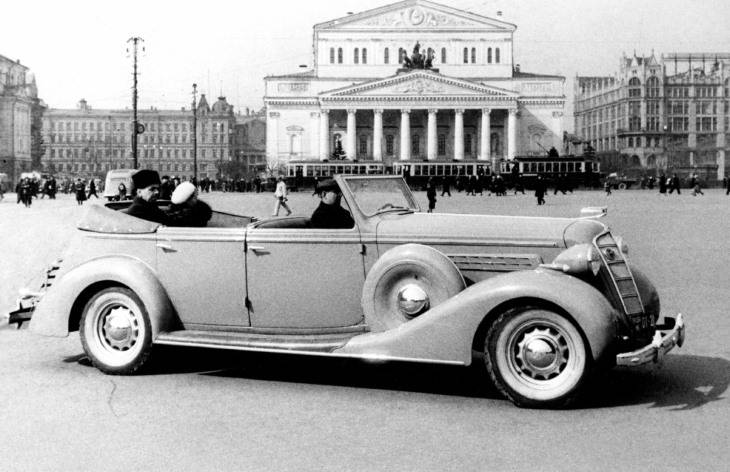
It must be said that the production of open cars (phaetons, convertibles, roadsters) is a kind of aerobatics among automakers. It is not enough just to remove the roof from the limousine, you also need to provide the necessary rigidity of the body. If you leave the frame four-door body open, it will be so skewed by the loss of rigidity that it will be impossible to close the doors. Engineering interventions are required, seriously increasing the weight of the machine. Therefore, there were certain problems with the production of phaetons in the young Soviet state.
In 1932, in accordance with the state program, it was planned to develop and put into mass production a top class limousine, taking American models as a basis. The original source was the Buick Series 32 Ninety (a typical Chicago gangster car), which they planned to put into production at the Leningrad factory "Red Putilovets" under the brand name L-1. However, the upcoming defense orders for the enterprise and serious opposition from the Moscow ZIS leadership put an end to the prospects of the machine. The party leadership decided that high-class cars should be produced, firstly, in the capital, and, secondly, at the I. Stalin plant. In Moscow, the limousine was given the name ZIS-101 and since 1937 it was produced in a seriously revised version.
Despite all the difficulties, the development of limousine production was underway. The factory workers thought about the open version of the machine. With this project, called ZIS-102, there were difficulties. Firstly, the three-meter soft top with complex folding kinematics, which included 14 hinges, turned out to be difficult. In addition, the tent was heavy and rubberized, therefore, to prevent it from sagging, special emphasis had to be developed. Secondly, the removal of such an important element of rigidity as the roof, required the strengthening of the entire power frame. The main load was still borne by the car frame, so the wooden body frame (developed by Budd) had to be strengthened by additional forgings and the introduction of a special stern belt reinforced with a metal wall, creating a rigid box for a folded top at the back. As a result, the trunk volume had to be reduced. Thirdly, the rear doors opening against the movement had to be deployed and installed in the usual position for us now. This was dictated by safety requirements: streams of incoming air could open such doors at full speed. This door structure is now called suicidal, and it seems to have survived in modern times only on Rolls-Royce cars.
It is interesting that initially the ZIS-102 was planned not as a phaeton, but as its kind of convertible, or convertible, that is, an open-top car, but retained side windows and frames. A similar design was in the open production version of the GAZ-M20, but it was dictated by the economy of the rolling sheet, and not by considerations of prestige.
At the end of the 30s, the technological level of ZIS was not ready for mass production of convertibles. It was decided to stay on a simple chaise. He had no side windows at all, there were only window leaves in the front doors, and in bad weather the body sides were simply closed with clip-on aprons with celluloid windows. The ZIS-102 machine was produced since 1938, and in 1939 it underwent a small update or, as is now customary to say, restyling.
There is no need to talk about serial production of the chaise. Until 1940, only 9 cars were assembled, of which 7 had experimental status. In addition to the fact that the cars took parades on Red Square a couple of times, in August 1941 one of them was converted into a mobile radio station and served at one of the communication centers of the USSR People's Commissariat of Defense.
ZIS-102 was for Moscow automakers a breakdown of the pen, which is rarely truly successful. However, the experience and experience on this phaeton proved to be useful when working on a machine of the next generation.
Aurus Ancestor
The first chaise hosting the Victory parades was the laconic and strict ZIS-110B, an open version of the ZIS-110 limousine. The external stylistic motifs of the car number 1 of the Stalin era were creatively rethought by designers of the modern presidential Aurus. This is especially evident in the design of the front of the body. It is difficult to believe, but the development of a high-class passenger car in Moscow began in 1942. On September 14, the People's Commissariat of Medium Engineering issued a corresponding order. It was initially clear that making a new product based on the outdated ZIS-101 was pointless, and it would take more than one year to develop a completely original design. Therefore, they again decided to borrow, especially since the war did not allow spending budget funds especially. Packard Super Eight 180, dated 1942, was taken as a prototype. For the domestic auto industry, mass production was organized in record time: on July 20, 1945, work on the first batch of cars began at ZIS. But here we are talking about a limousine with a hardtop, but with an open chaise it was again not easy. The original “American” of this model year did not have an open version at all, which forced the ZIS engineers to independently design the power structure of the full version. Initially, the powerful spar frame of the machine with an X-shaped cross was lightened as much as possible in order to win kilograms for further strengthening. Part of its supporting functions was redistributed between the power elements of the body, as well as reinforced its individual parts - for example, a massive frame of the windshield appeared.
With a closed top, as in the case of the predecessor ZIS-102, the sidewalls of the body were covered with tarpaulin aprons with celluloid windows. In this state, the cars looked completely unprofitable, and even the images of such phaetons were few. But there were other versions of the open car. Some of the phaetons were with manual mechanical windows, the windows in which rose and fell in narrow chrome frames - this version can already be considered a four-door convertible.
The first open cars were presented to the government commission in 1947 and received the name ZIS-110B, and two years later they went into series. However, they were not in a hurry to replace horses with new phaetons in Red Square - that was Stalin's will. In the memoirs of Professor I.F. Bobylev, who is responsible for preparing horses for military parades, one can find the following:
Now it’s hard to say where and when the ZIS-110B debuted as a parade payroll machine, but it’s known that the commander of the Pacific fleet Rear Admiral N.G. Kuznetsov in 1950 hosted a parade in Vladivostok. In the same year, the phaeton was seen at a detour of troops at a parade in Budapest. On Red Square, the ZIS-110B first appeared on May 1, 1953, and was immediately in a carefully matched gray-blue corporate livery. The car was not equipped with handrails and a sound relay system, so the microphones had to be placed on the square at the places where the parade crew stopped. The parade-receiving marshal, dressed in a gray-blue frontcoat, had to hold on to the back of the front seat. Later, the radio transmitters were placed in the trunk, and for the convenience of the first passenger, a transverse handrail appeared, which subsequently became an indispensable attribute of the national parade chambers and convertibles.
ZIS-110B worked as ceremonial machines in Hungary, Czechoslovakia, Poland, Mongolia and China, and North Korea Stalinist phaetons not only hosted military shows, but also served as standard-bearers. In the regions of the USSR, cars were used until the end of the 60s, and in Leningrad - until the beginning of the 80s. On Red Square, the ZIS-110B phaetons were replaced by ZIL-111V open vehicles on May 1, 1961.
Not a single ZIS
The chief designer of the ceremonial Chaika car, Alexander Chistyakov, recalls:
That is why expensive and small ZISs were inadmissible luxury for the regional elites of the Soviet Union. Therefore, I had to use the services of car factories that produce equipment of a rank lower. First in this stories there were GAZ-M20 “Victory” phaetons, deprived of door frames with glasses. Two such cars made their debut on June 24, 1948 at a parade to mark the 25th anniversary of the Karelian-Finnish Republic, and later departed for service in Novosibirsk.
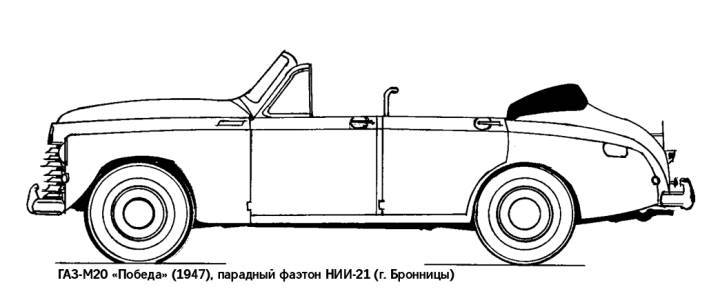
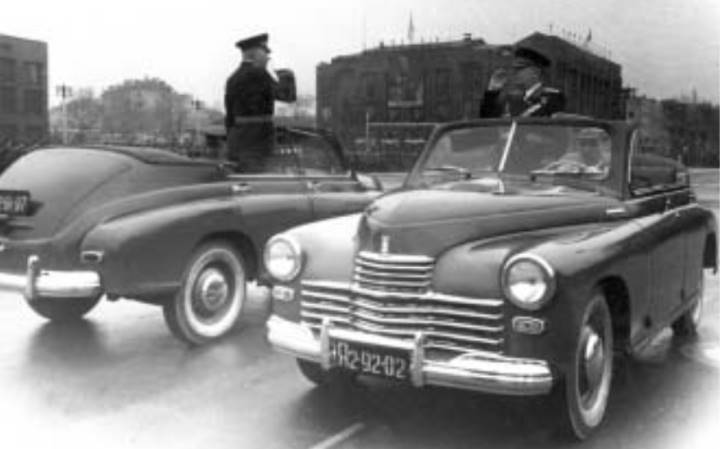
Parades in the USSR and the countries of the Warsaw Pact took sometimes what it takes. It’s good if you came across serial GAZ-13B “Chaika” convertibles or old ceremonial ZISs, and most often it was the army GAZ-69, GAZ-69A and their successor UAZ-469. Parades in Alma-Ata, for example, were taken for a long time on the old ZIL-111V (we will talk about this car later), which was also used by Marshal Malinovsky.
The first open car for the parades of the “second tier” was the GAZ-14-05 phaeton, built in only 15 copies from 1982 to 1988. One of them bore experimental status, and 14 were distributed in two for each military district. It is noteworthy that such a "Seagull" did not have a mechanism for folding the awning - it just pulled over the body. Due to the lack of a cover for the tent, the appearance of the chaise was especially concise.
In the magazine “Autoreview”, there are recollections of the chief designer of GAZ-13-05 Chistyakov, who can shed light on another reason for refusing the hydromechanics of folding the tent:
Among the technical differences of the "general" open "Seagull" from the limousine were the traditionally reinforced frame, electric gas pump and cooling fan (for reliability), and the tachometer took the place of the speedometer. At the parade, it was on him that the driver oriented himself while driving. Naturally, there was a handrail for the general and a paired microphone installation with a radio transmitter. A 220-horsepower engine and a 3-band automatic gearbox were left from a donor limousine.
The only time in his career GAZ-13-05 hosted the Moscow Victory Parade. This happened in 1995, when the solemn review took place on Poklonnaya Hill. The car for this case had to be delivered from Tbilisi and urgently brought in the form corresponding to the event: the phaeton was in a pretty battered condition.
Now, due to its rarity, the GAZ-13-05 is a welcome exhibit of any automobile museum in the world, and the cost of well-kept copies exceeds several tens of millions of rubles.
To be continued ...
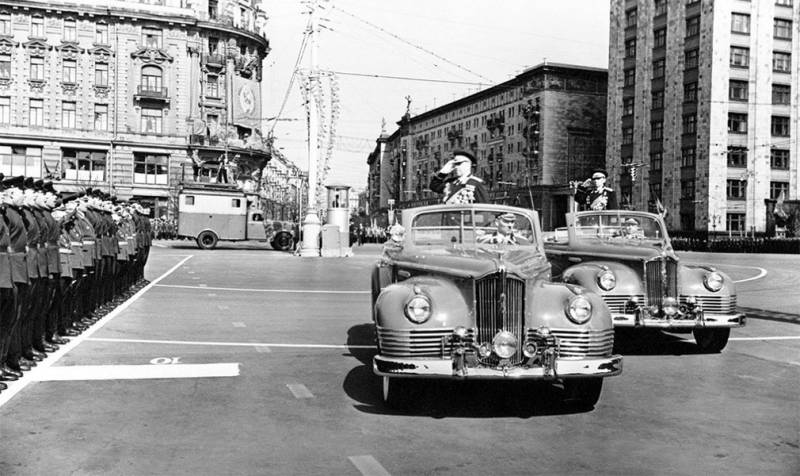
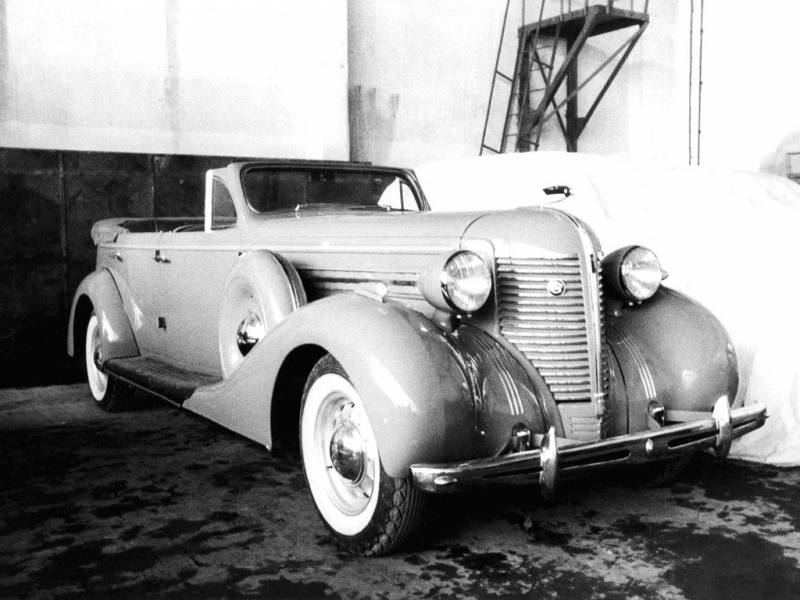
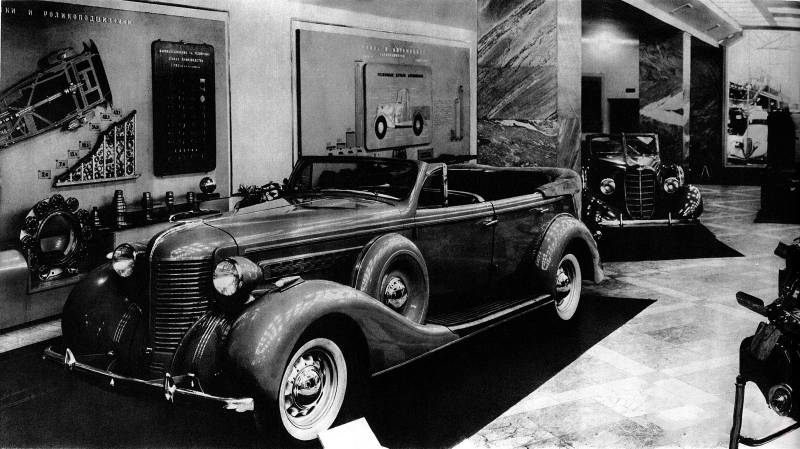
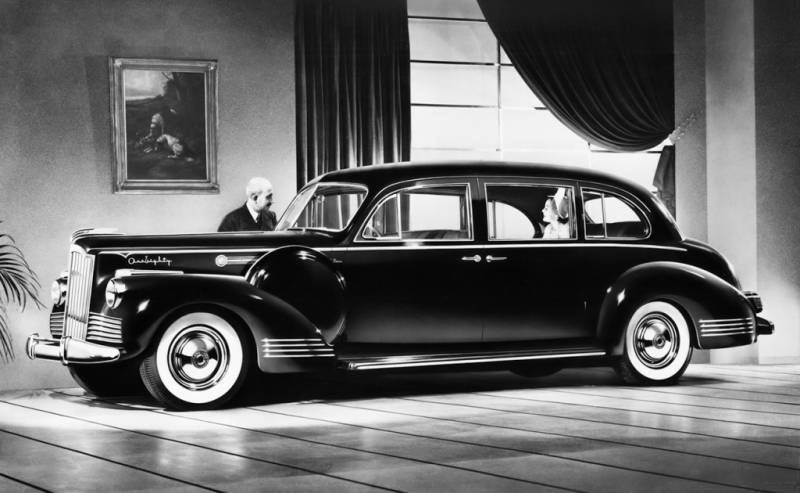
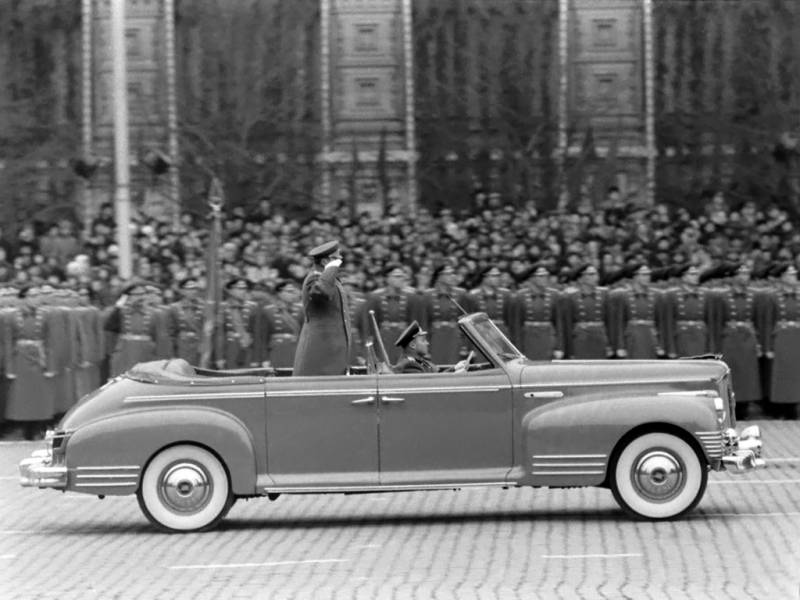
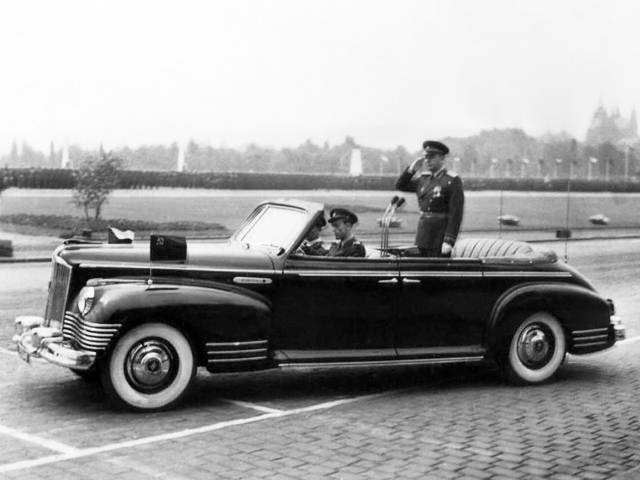
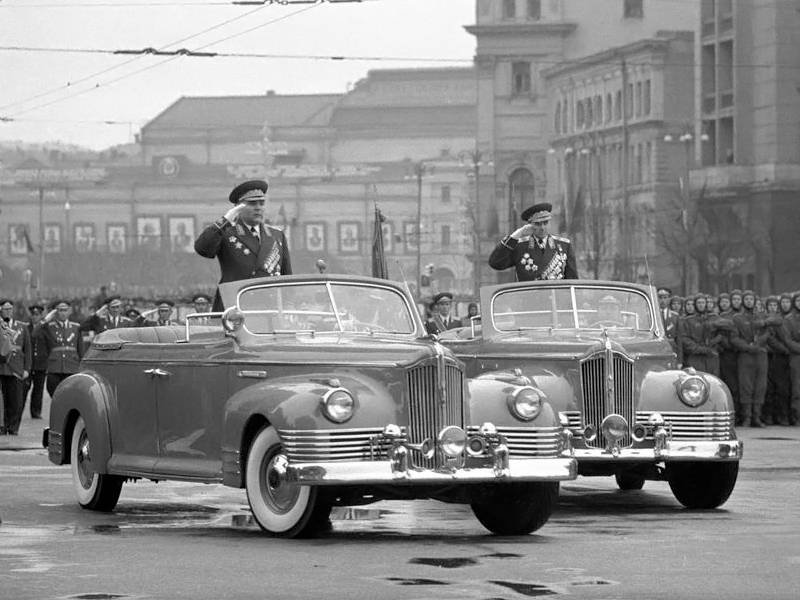
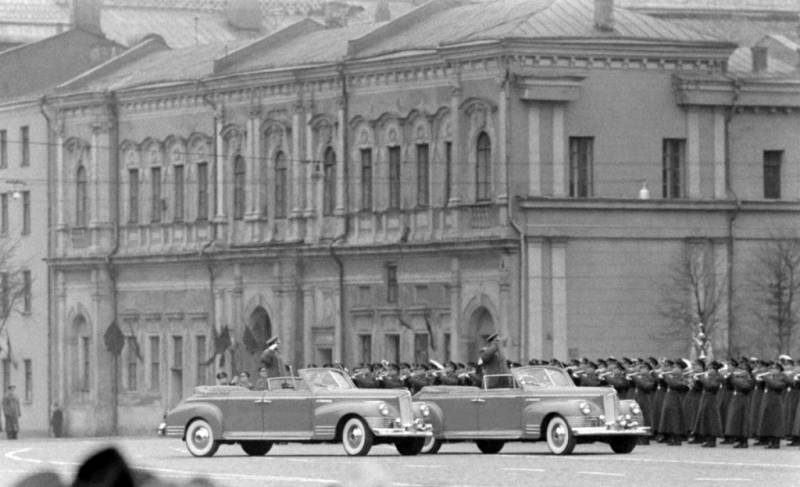
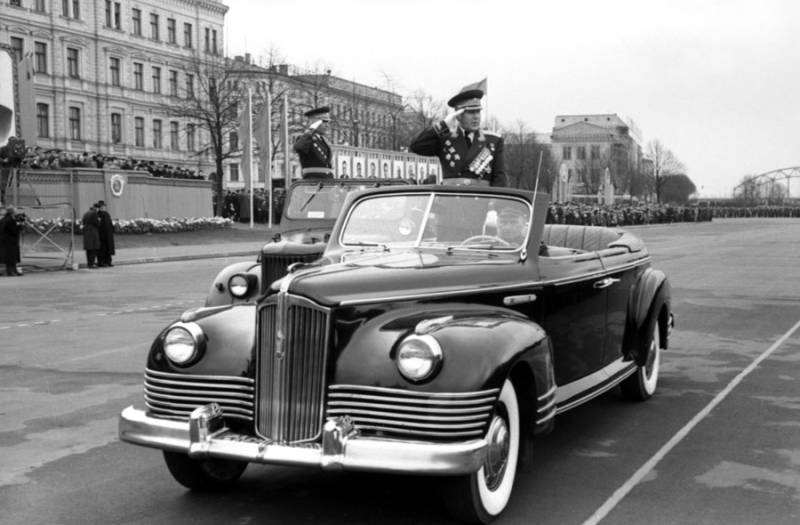
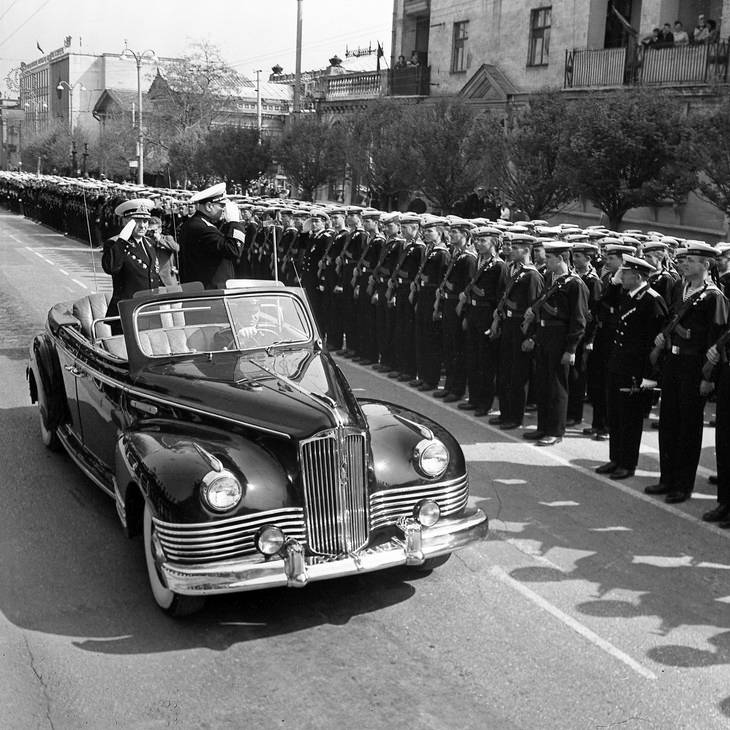
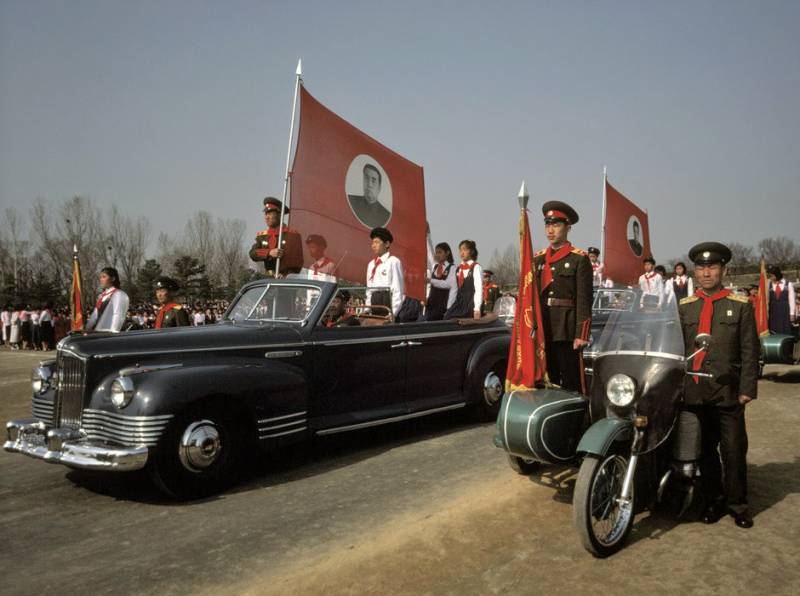
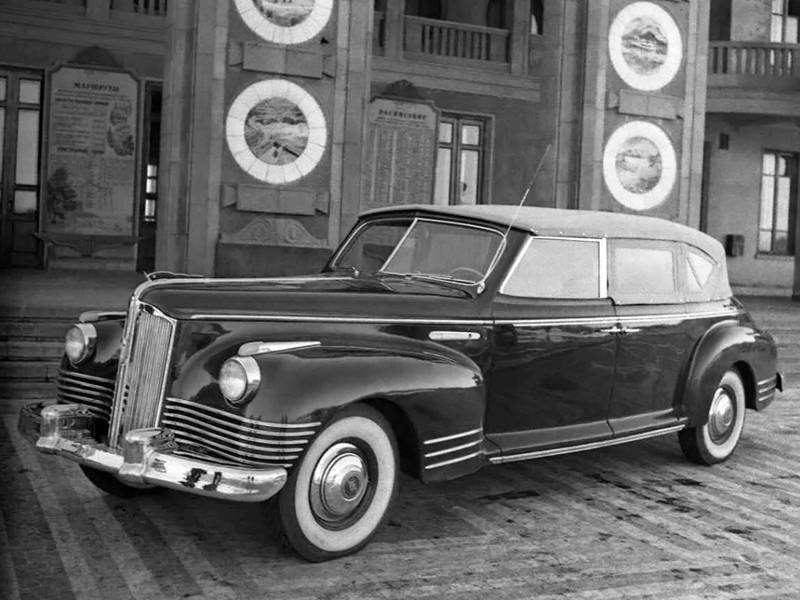
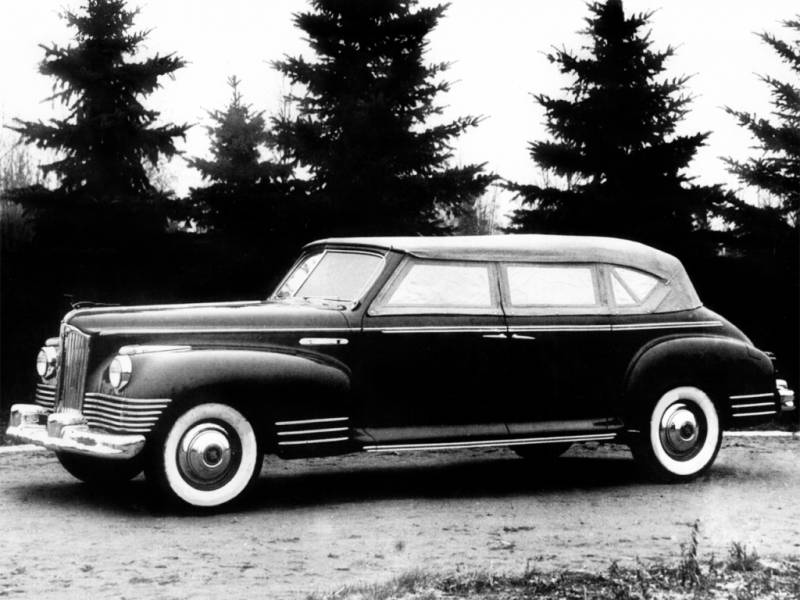
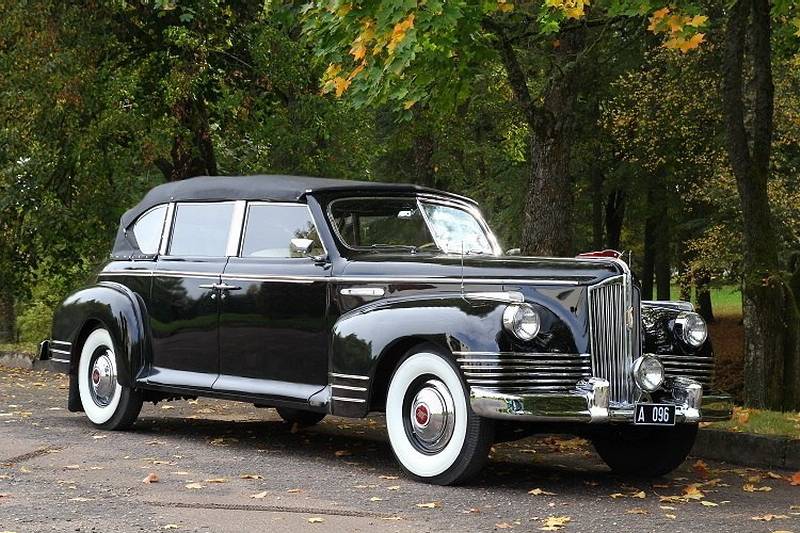
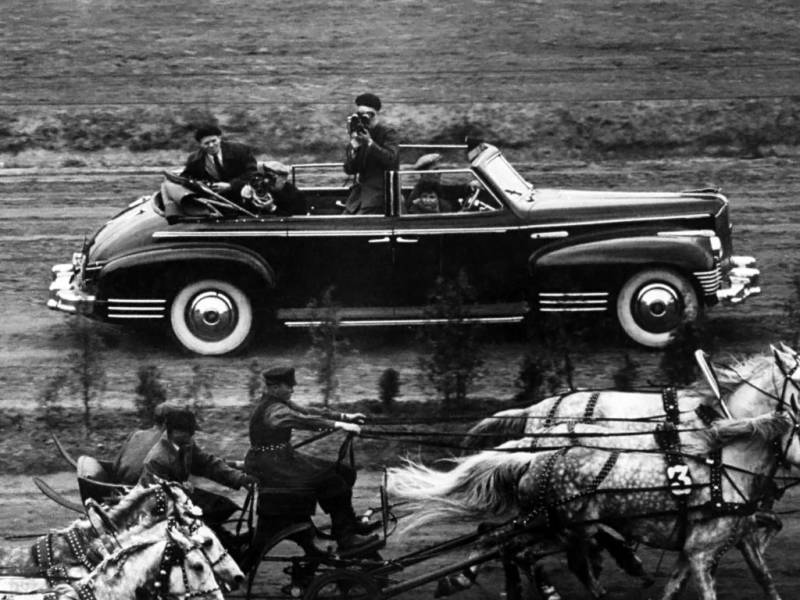
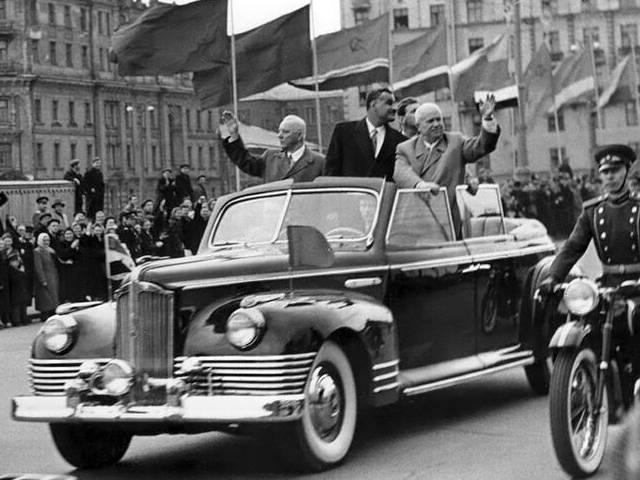
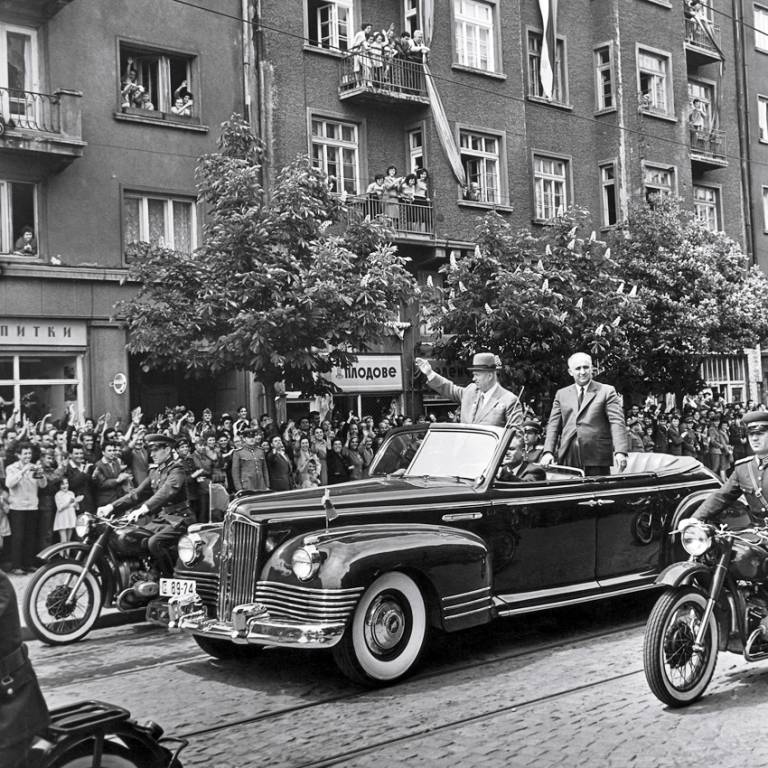
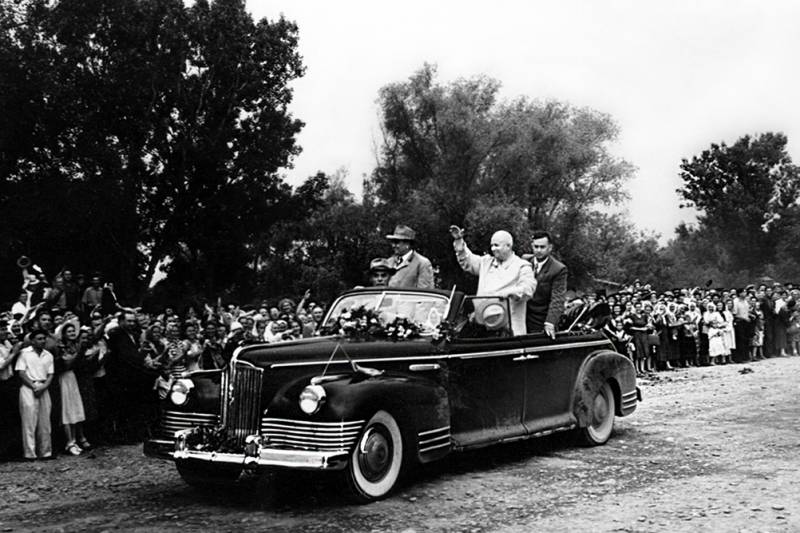
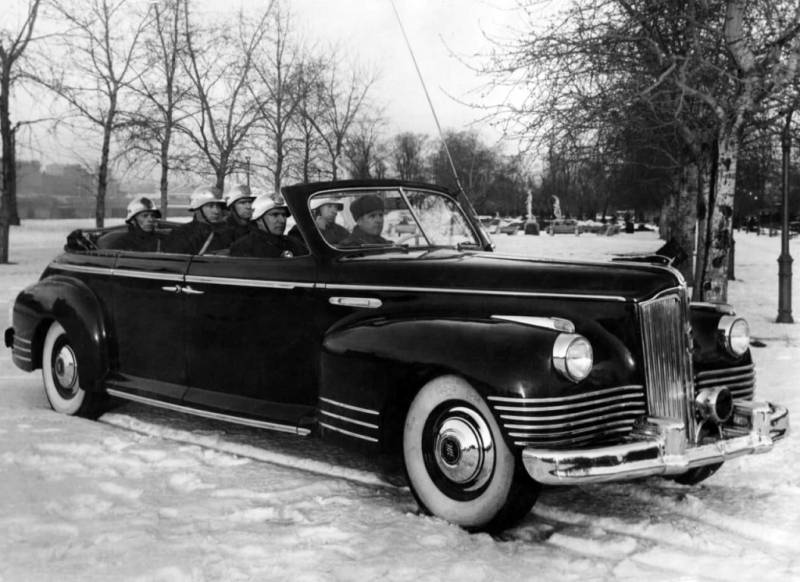
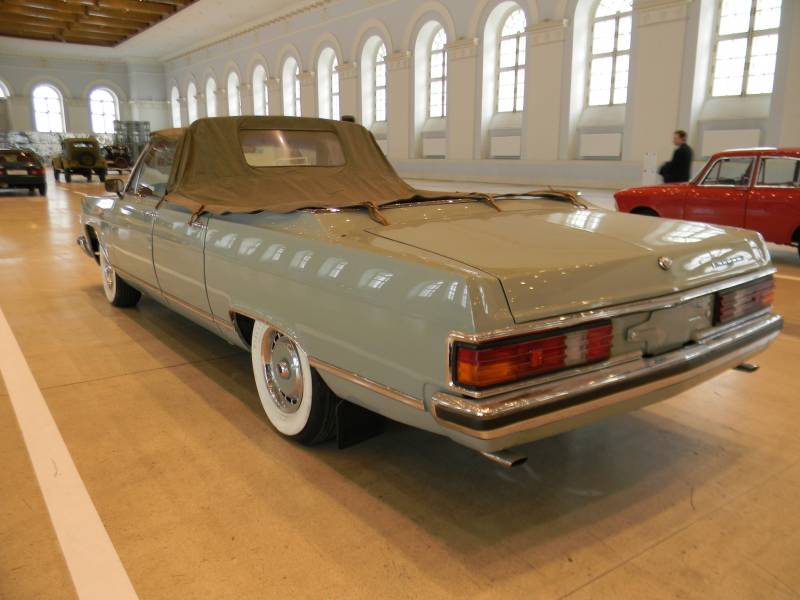
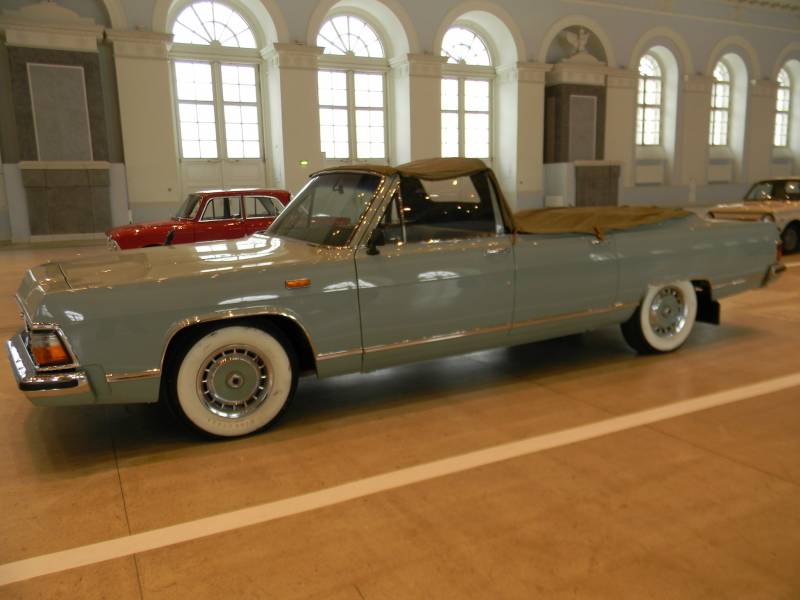
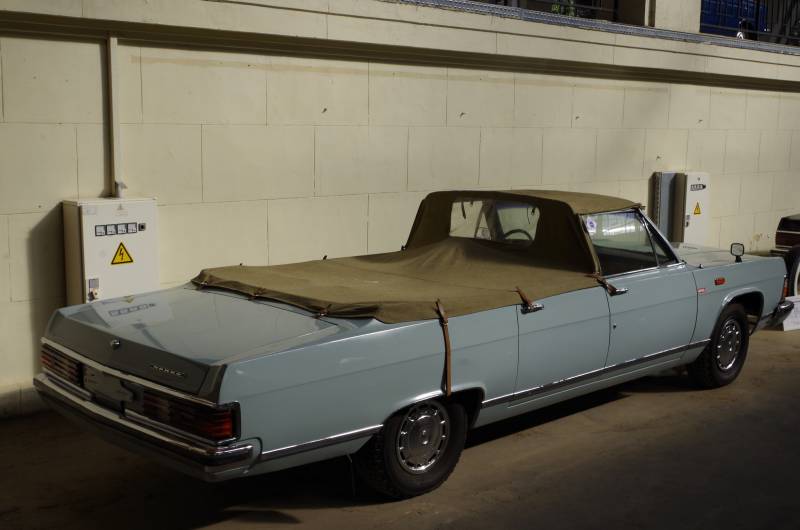
Information